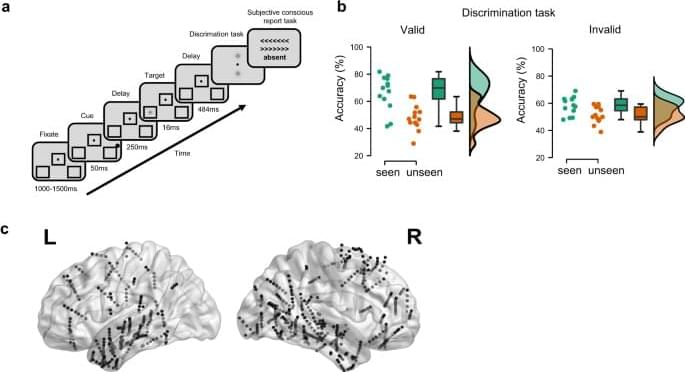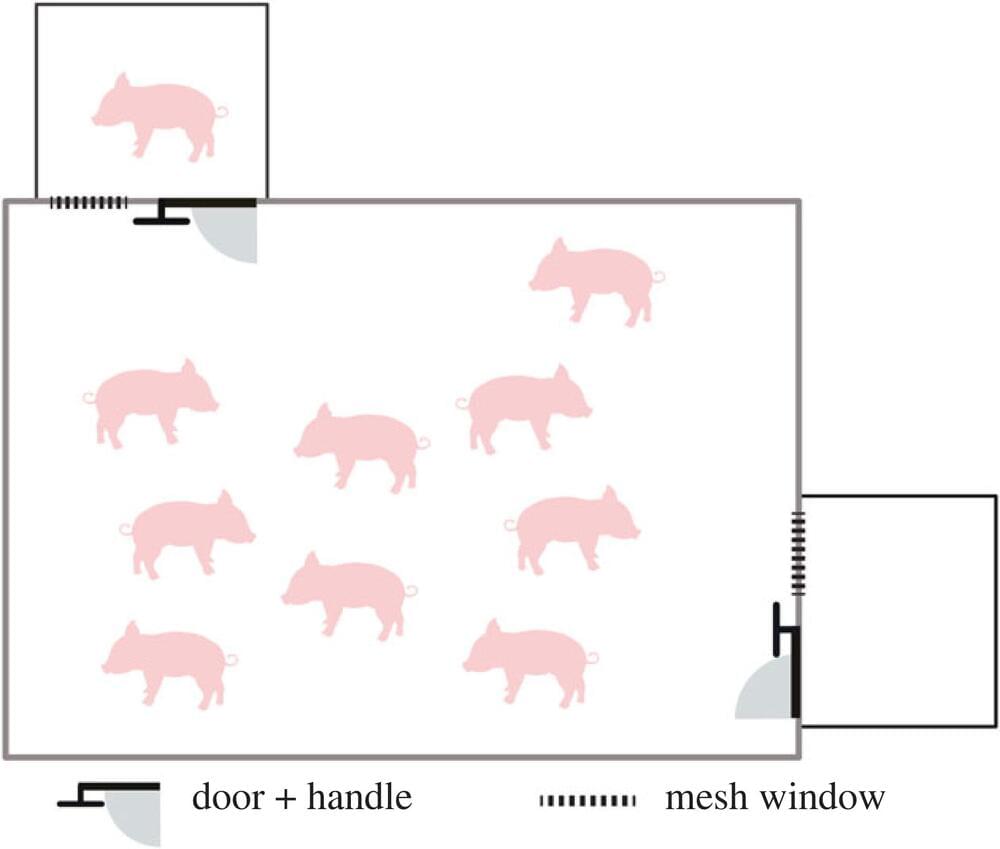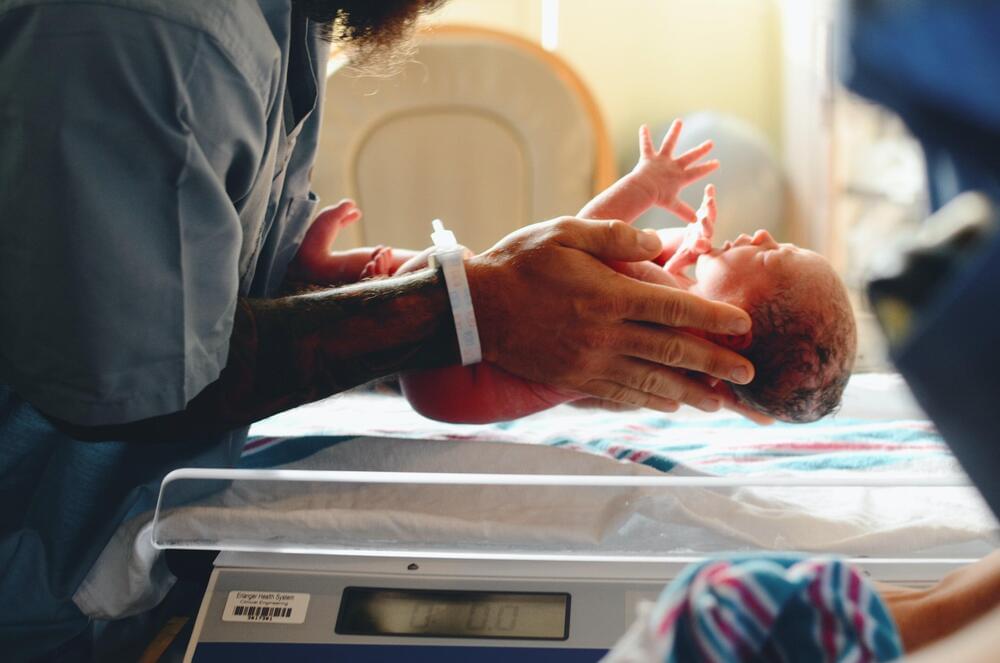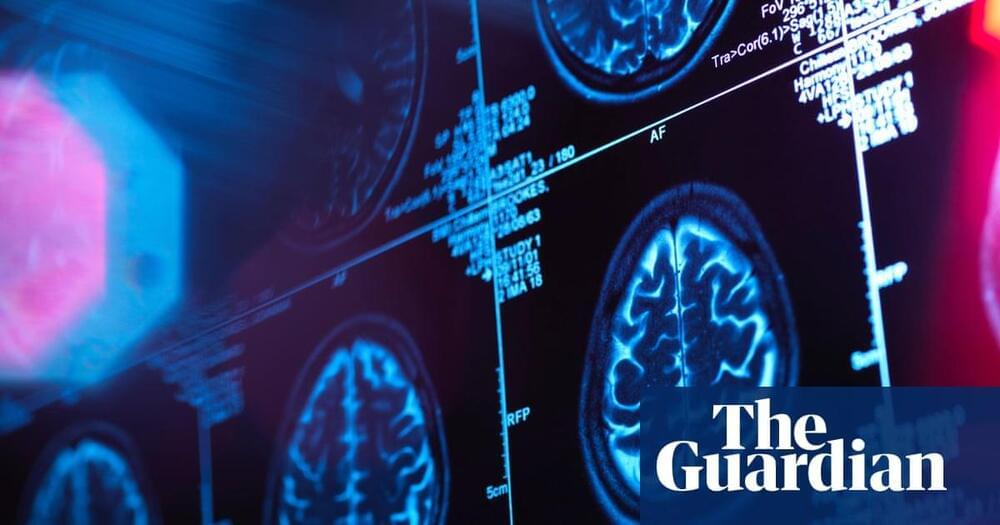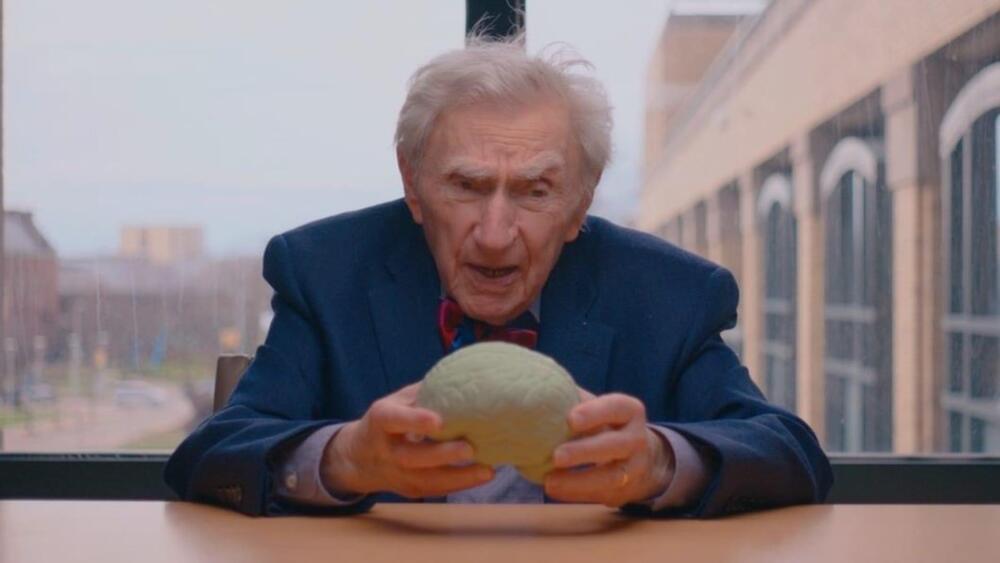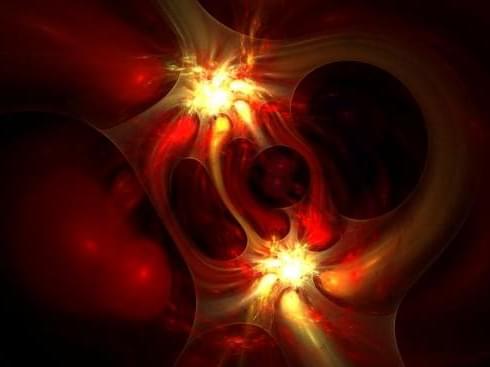Hints from the bowhead whale genome published nearly a decade ago predicted that the mammals may use this alternate strategy (SN: 1/6/15). “But you need actual experiments to actually validate those predictions,” Tollis says.
In the lab, study coauthor Vera Gorbunova at the University of Rochester in New York and her colleagues ran an assortment of experiments on cells harvested from bowhead whale tissue, as well as on cells from humans, cows and mice.
The whale cells were both efficient and accurate at repairing double-strand breaks in DNA, damage that severs both strands of the DNA double helix. Whale repair restored broken DNA to like-new condition more often than cells from other mammals, the team found. In those animals, mends to the genome tended to be sloppier, like a poorly patched pair of jeans. The team also identified two proteins in bowhead whale cells, CIRBP and RPA2, that are part of the DNA repair crew.

